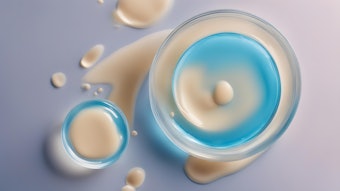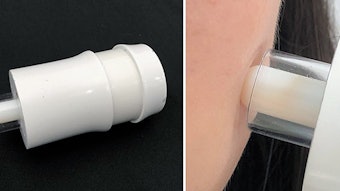My dictionary has two definitions of the term significant. As others have pointed out, a research finding may be true without being important. When statisticians say a result is “highly significant,” they mean it is very probably true. Importance and meaning are determined by the consumer.
Significant Statistical Differences in Sensory Research
Jul 26th, 2013










